
After four months of being cooped up in Kunming because of Covid-19, the Labor Day holidays offered a welcome opportunity to run, er, cycle for the hills. I tack on a few extra days off to the five-day national holiday and map out a route that takes me to some Yunnan destinations that I haven't previously visited. The goal is just to enjoy time by myself on the bicycle and take in the surroundings while working up a sweat.
Stone Forest to Tonghai
In order to not waste a precious day of cycling in the countryside by cycling out of Kunming amidst busy traffic and exhaust fumes, I have a driver drop me and my bicycle off at a 'back entrance' of the Stone Forest (石林). This is one place I have not yet visited. The north entrance is where most tourists enter, but the area is vast and it's easy to cycle there over quiet minor roads from the principal town of Shilin, on the west side of the Stone Forest scenic area. It's boiling hot, the roads are empty, and the landscape is impressive. The small road meanders around patches of farmland and grey rocks jutting out of the red earth.
I cycle up towards the official scenic area and loop back towards the town of Shilin. From there I head south, following a beautiful small road along the Ba river.

As I spent the entire morning driving out of Kunming, I can only put in half a day's worth of cycling kilometres, and I put up my tent in a bamboo grove not long after a short but steep climb towards the little town of Tuanshan.

The next morning I pack up my tent bright and early, have breakfast in Zhushan and climb across the ridge that separates Shilin from Fuxian Lake. It's a gradual climb, with beautiful bougainvillaea adorning the fields, and I arrive well in time for lunch in Haikou.

From there I cycle southward, along a Fuxian Lake that lies glittering in the scorching sun.

My original plan was to camp somewhere around the south end of Fuxian Lake, but I'm enjoying my cycling high too much and I push for Tonghai. I cycle into Tonghai after one more climb, seeing the sun set on Qilu Lake.

The last 10 kilometres are a gruesome stretch on a busy and potholed road full of lumbering trucks, in the dark, and exhausted after 105 kilometres on the bike. All is soon forgotten as I find Albert's Inn, a guesthouse in a traditional courtyard home.

On a side note — I have cycled along Fuxian Lake during a national holiday before but this year the tourist traffic is noticeably less. Over the next few days, I notice that visitor numbers have dropped in every place I visit, and I don't see a single foreigner anywhere. There is more hassle trying to visit tourist sites because of the Covid-19 measures, and I have to answer a lot of questions and show various green 'health codes'. At one site I get outright refused entry. Overall people are lovely and curious as ever, and I'm thrilled to be out of Kunming and exploring rural Yunnan.

Tonghai and Jianshui
I spend one day recovering in Tonghai, wandering around the Dali-fied streets — paved with stone slabs, a little stream running in the middle and with renovated traditional shop fronts.
Apart from snacking my way around town — the local traditional candy is a nice carb-laden treat — I also pay a visit to Xiushan (秀山), a long-time Buddhist refuge on a forested hilltop, with beautiful views of Qilu Lake (杞麓湖).

In the evening I am invited to be a guest teacher in Albert's English class for local kids and answer their questions about cycling and the Netherlands. Albert, in turn, teaches me the names of the candy I have purchased: the sugared melon is called dongguatang (冬瓜糖) and the sticky rice candy nuomi xuepian (糯米雪片) — both with a calorific density that will make any cyclist happy.

Day three turns out to be my last day on the bicycle. Albert cycles with me for a bit after breakfast, and I do one more big climb in the hot hot sun, covering the 85 kilometres to Jianshui in good time. The road is initially busy with trucks throwing up dust and the heat is murderous. Eventually the traffic disappears to the new highway and I can enjoy the views.

There are still lots of traditional houses dotted around in the small villages along the old road.

The reward of seeing Jianshui's impressive town gate and entering the historical centre with its lovely traffic-free streets shaded by leafy trees is well-earned.

In Jianshui I take another sightseeing/rest day. I have been here before but the sights are well worth a second visit, and I discover some unknown places too. I spend the morning in the historical Zhu family mansion, a maze of courtyards and single-storey rooms.
I'm not allowed inside the Confucian temple complex because I'm a foreigner, so instead, I hop back on the bike and pay a visit to an art centre founded by Luo Xu — the artist who has developed another interesting landscape and art centre in Mile, the nearby hot spring resort town.
The 'Ant House' art centre is located in a disused kiln close to Jianshui's city centre and well worth a visit. The buildings that are grouped around the actual kiln are quirky but blend in well with the surrounding landscape. The kiln itself has been repurposed as a cool cavern-like cafe and pottery that is produced on-site can be purchased here. As Jianshui is a centre for ceramics production, many more shops with traditional pottery can be found around town.

I finish my day of sightseeing with a short ride west of the city center to gaze at the famous Double Dragon Bridge (双龙古桥).

The Hani rice terraces
The original plan was to cycle on to Yuanyang and then up to the Hani rice terraces in two days, but as temperatures hit 40 degrees celsius, I opt for a bus to my ultimate destination. As the bus crawls around the bends — travelling from 200 meters altitude in the Honghe River valley to 2000 meters altitude at the destination — I thank myself for this decision. Apart from avoiding a heat stroke, I also get to spend an extra night at Azheke eco-village, which turns out to be the highlight of my trip. The village is only accessible on foot.

It comprises a handful of traditional Hani houses — two-storey dwellings of thick walls built with granite stones and adobe, topped by a thatched roof. The animals were traditionally housed on the first floor, with a separate entrance to the living quarters on the second floor. The villagers still dress in traditional minority garb.
There are a few cafes and guesthouses scattered around the valley, but this time I'm the only tourist. It's a haven of quiet and green surroundings. I'm staying at Terra Cottage, an eco-enterprise. It's basic but has everything needed for a comfortable stay and a beautiful authentic charm.

I stay in a cosy tent in the attic, with a small door opening to a terrace which offers gorgeous views of the rice terraces below and a spectacular full moon rising over the hills across the small valley.

My host takes me on a day-long walk along the rice terraces. As a cyclist I'm used to looking at altitude lines on a map, and here you see these lines defining the landscape, as the terraces closely follow the contours of the mountain slopes. It's still extremely hot and I have to take my straw hat off to the people who are doing back-breaking labor on the terraces — planting small rice saplings in the muddy fields or working small patches of corn.
Apparently this is not the best season to visit — the recommended times to visit are December #when the rice fields are filled with water and reflect the sky, or July and August when the fields are a brilliant green. This time of year the fields are filled with water and covered with a light green fuzz of young rice plants. I'm very impressed by the marvel of engineering and the hard work it takes to maintain and work the fields. The area is a UNESCO World Heritage Site, and I'm very happy to see small-scale sustainable tourism initiatives such as Terra Cottage, bringing in extra revenue for these tiny villages while respecting local heritage and ecology.
Practical information
A lot of practical info can be found in this article by Chiara Ferraris.
Here are the details for Terra Cottage in Azheke village.
It is possible to get to Azheke village in one long day of travelling from Kunming. You can either take an early morning train from Kunming to Jianshui and continue onwards with the daily bus from Jianshui bus station to the town of Xinjiezhen that departs at 11.30AM and costs 44 RMB. Another option is to take a bus from Kunming South bus terminal to Xinjiezhen. From Xinjiezhen it's another hour by car to Azheke for 100 RMB, which can be organized by your guesthouse. Xinjiezhen is an enjoyable place for a brief wander, have an early dinner and maybe pick up some souvenirs such as a traditional Yi ethnic minority outfit. The bus from Xinjiezhen to Jianshui departs at 4.00PM so it's probably best to spend the night in Jianshui and do a bit of sightseeing before taking the bus or train back to Kunming the next day.
© Copyright 2005-2025 GoKunming.com all rights reserved. This material may not be republished, rewritten or redistributed without permission.



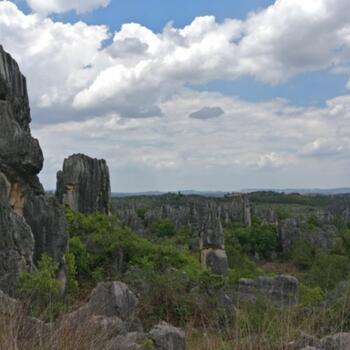


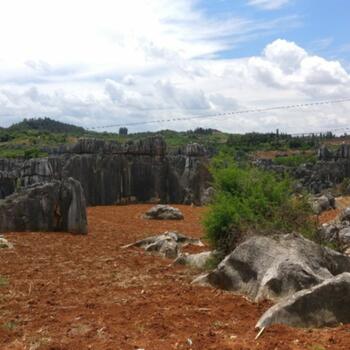



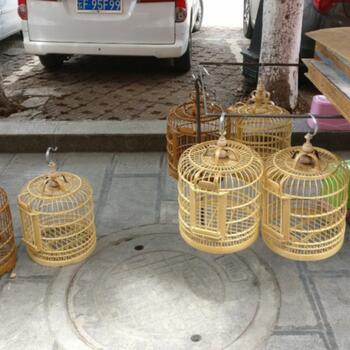
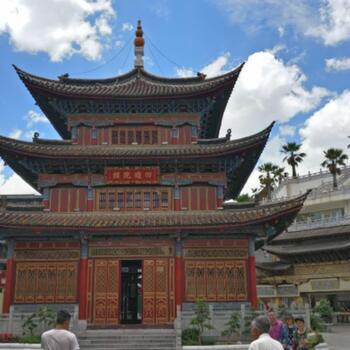
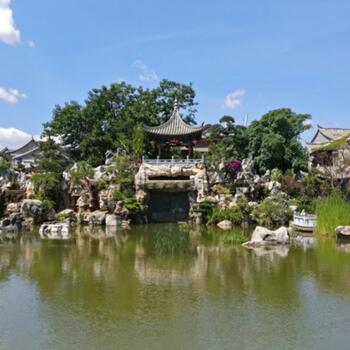
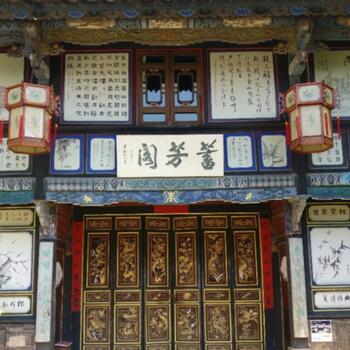
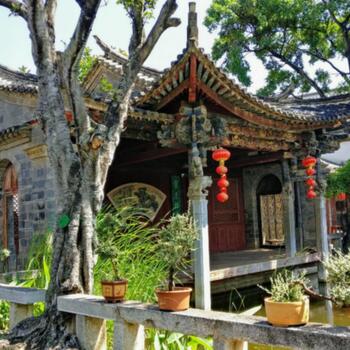
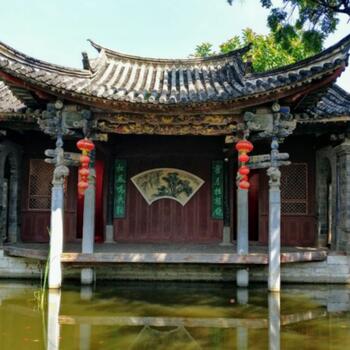

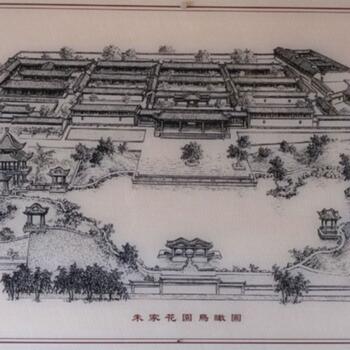
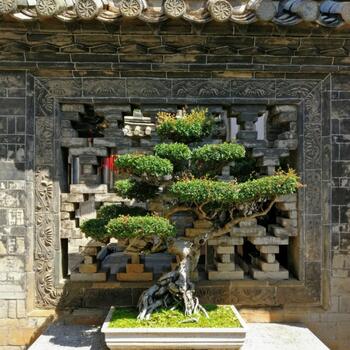
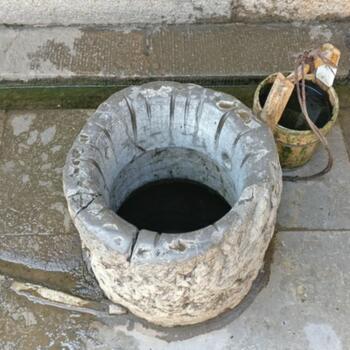
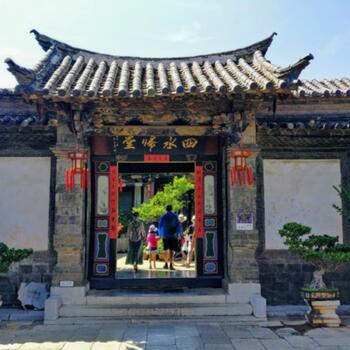
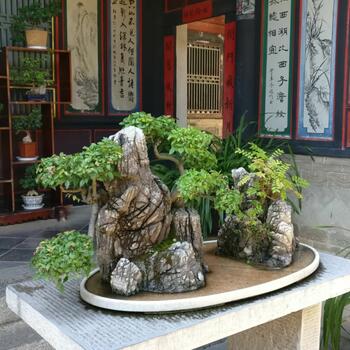
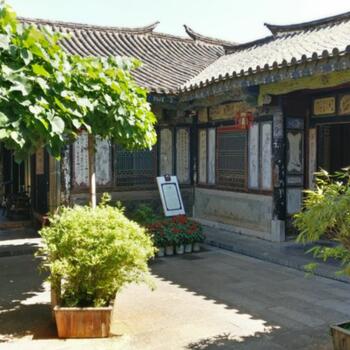
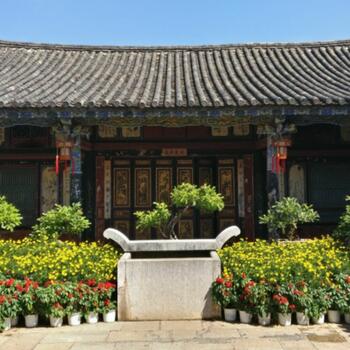
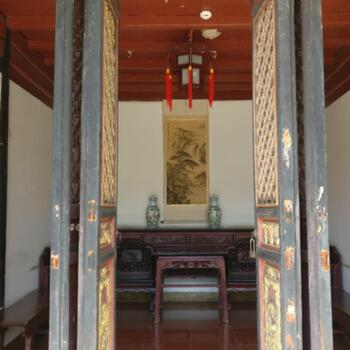

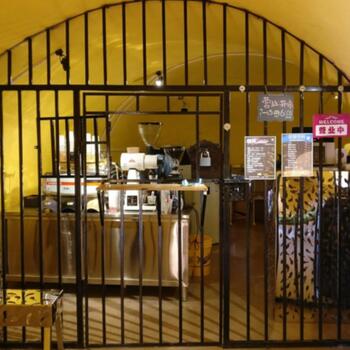

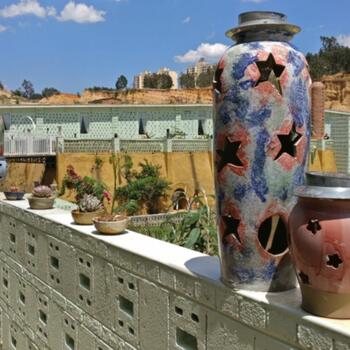
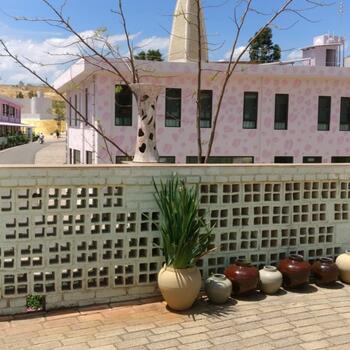

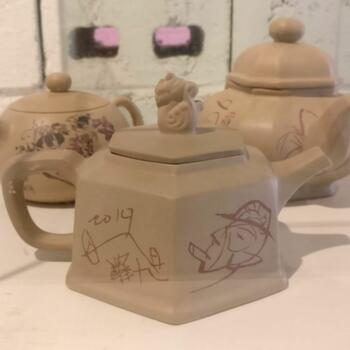
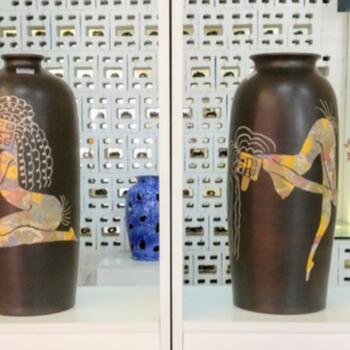
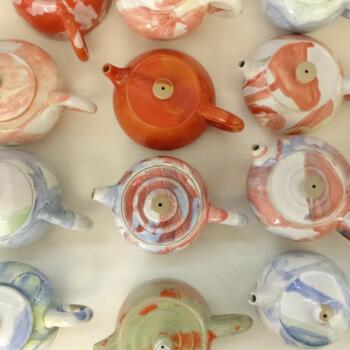
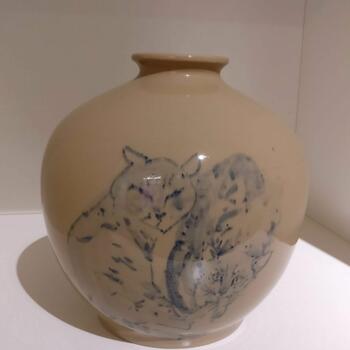
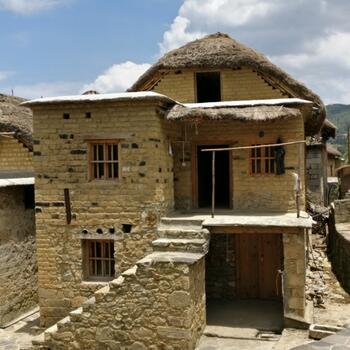
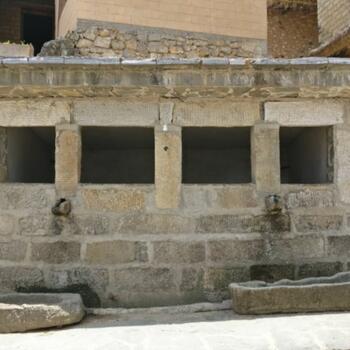
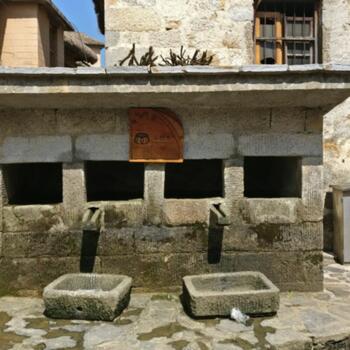
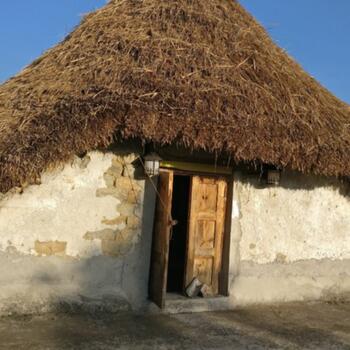
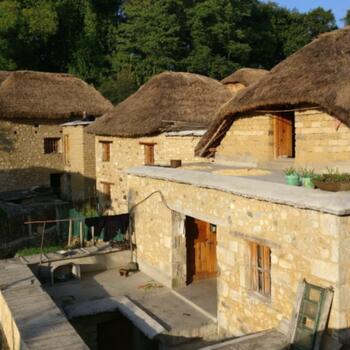
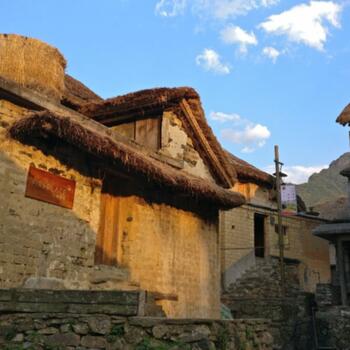
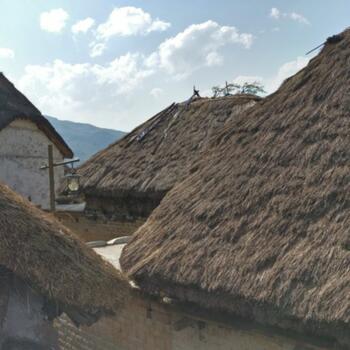
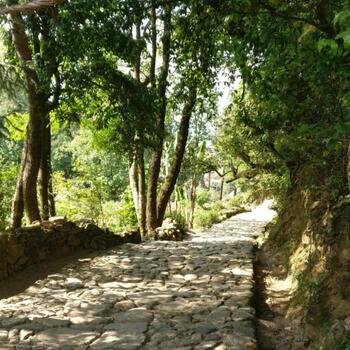
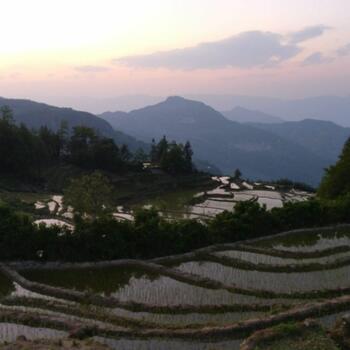



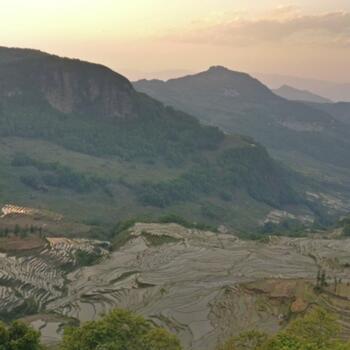
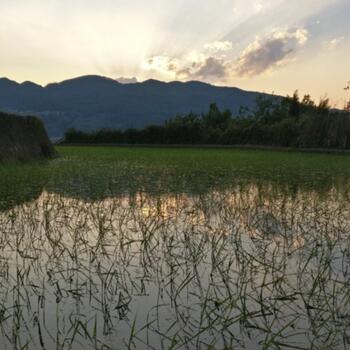
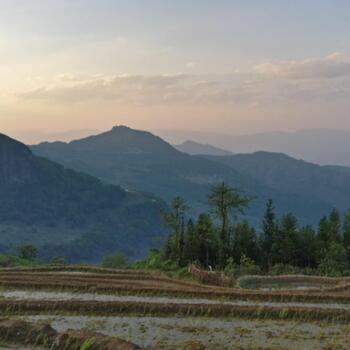










Comments
An amazing adventure. And all I have been doing is binge-watching Netflix. Thankyou!
Great trip. You're right about the weather - I did the same route in January when temperatures were perfect for cycling. A bit chilly up at the rice terraces, but nothing too extreme. It's also worth continuing for a couple more days from Yangyuan down the old Red River road to Hekou - very quiet because all the traffic goes on the new highway.
@mutikonka
Thanks! Yes, January is a great season for cycling south. I saw parts of the new highway still being built along the Honghe river, but like you say the old road is nice cycling, I did it a couple of years ago during Spring Festival. I'm looking at Nujiang for a next trip.
Login to comment